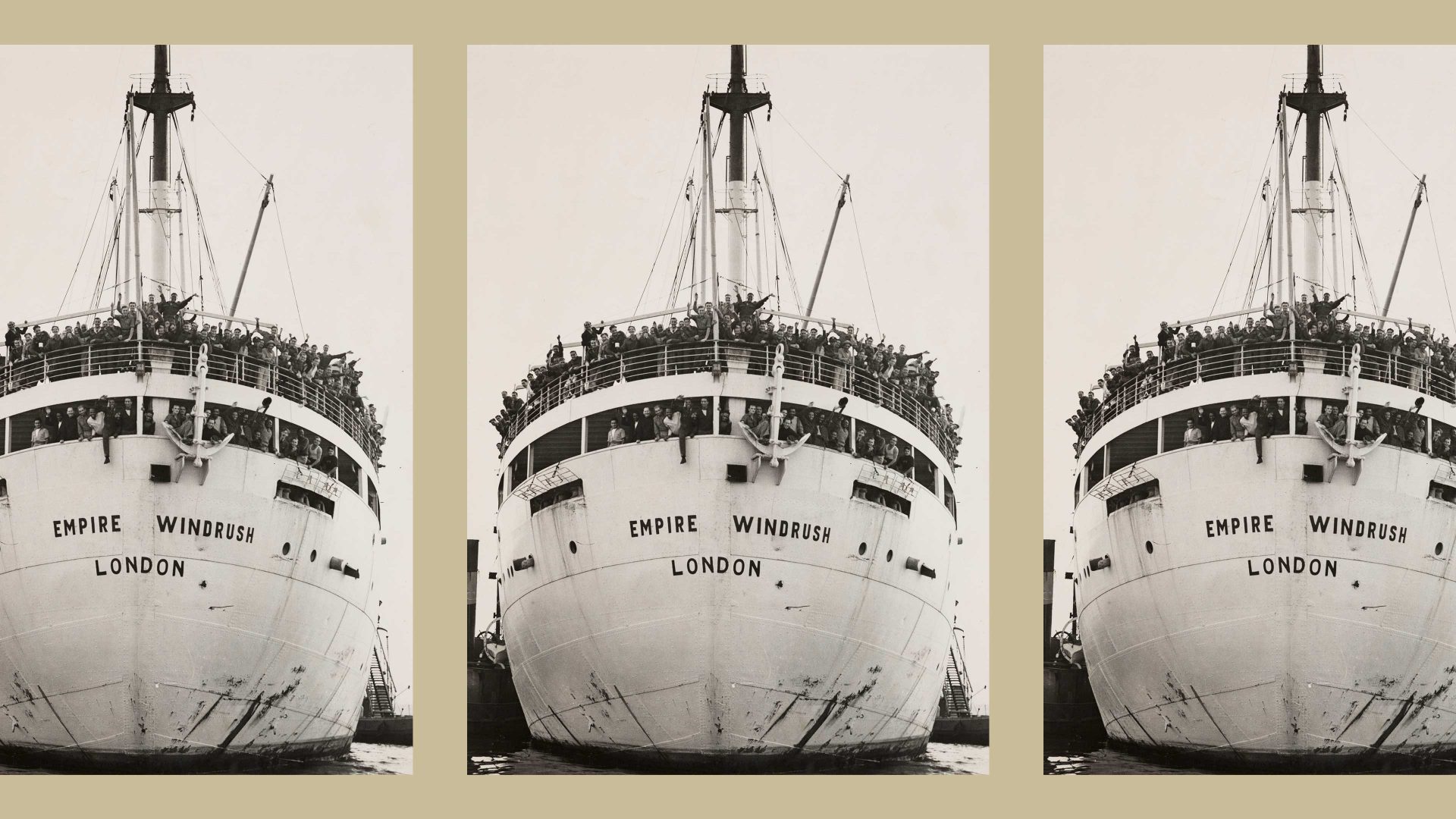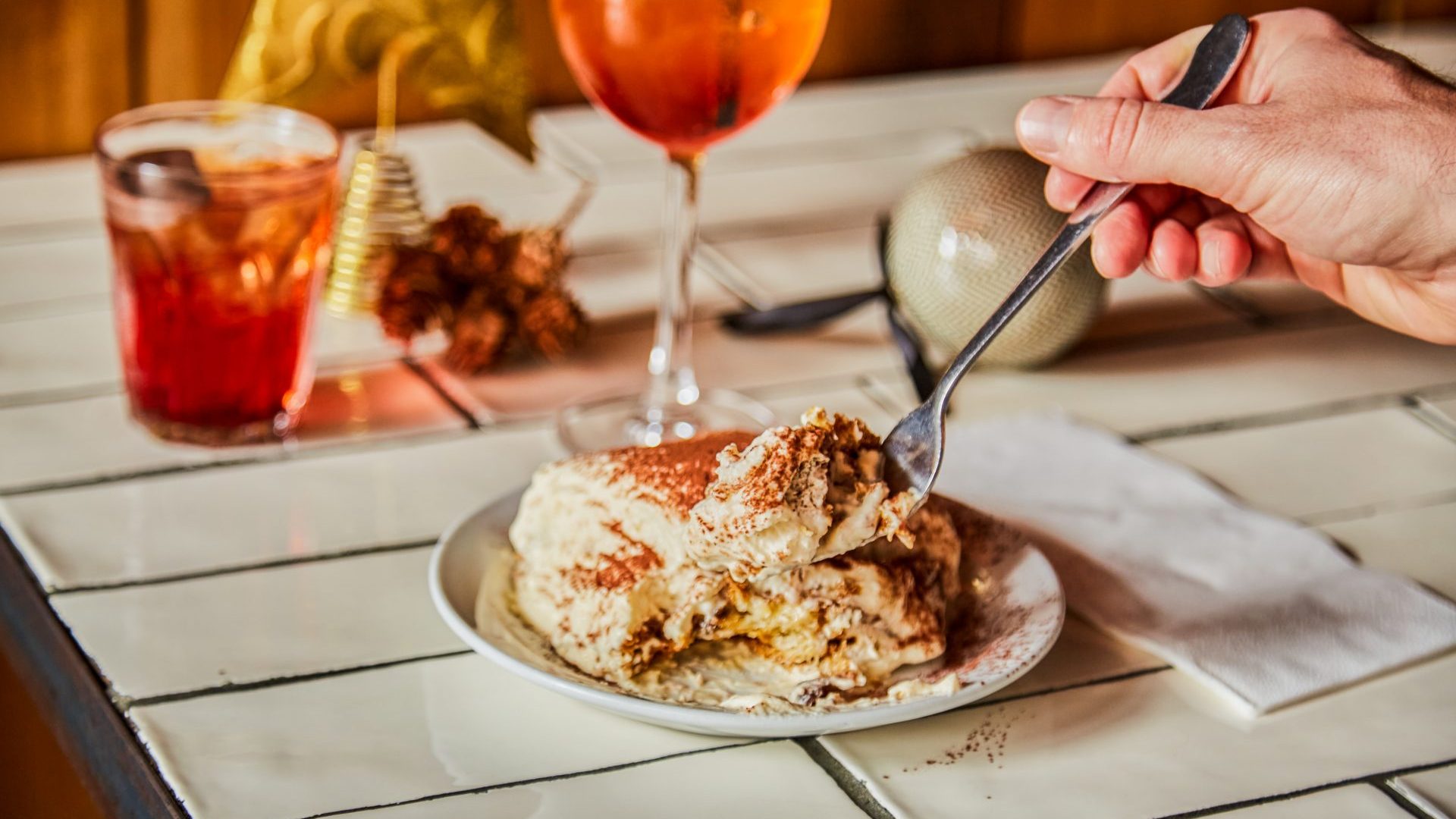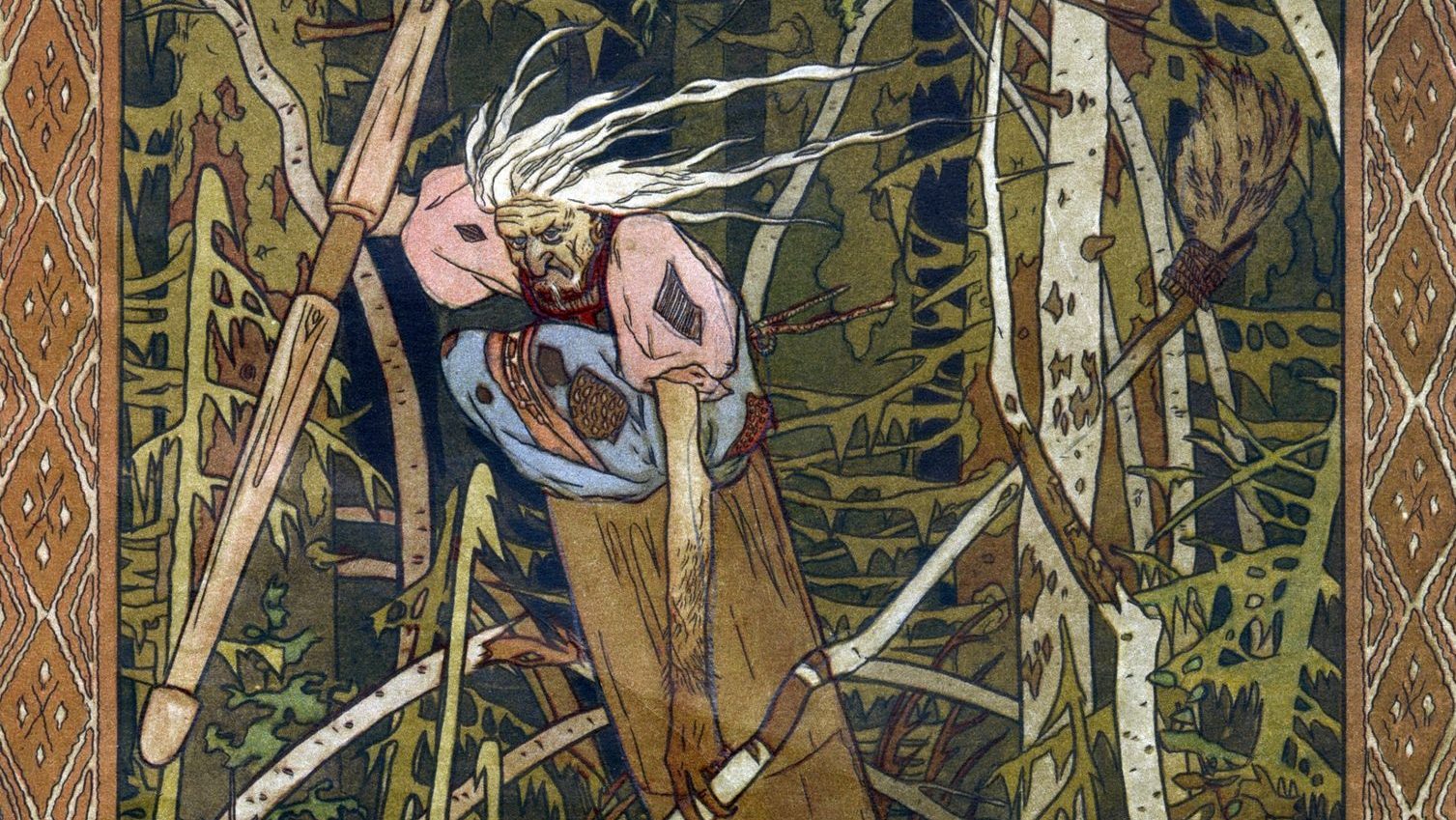Most people in this country have heard of the ship the Empire Windrush. But probably rather few are aware that the name itself has a rather complex and indeed multilingual history.
Originally the Windrush was named the Monte Rosa, Italian for “pink mountain”, in reference to one of the mountain masses lying between Italy and Switzerland which contains the second highest peak in the Alps.
The Monte Rosa was a passenger liner which had been launched in Germany in 1930 but which was then converted into a Nazi troop carrier during the second world war. It was the last of five Monte-class passenger ships built between 1924 and 1930 – all named after mountains of Europe and South America – which were operated by the Hamburg Süd Shipping Company.
At the end of the war, as part of the post-war reparations, the Germans were compelled to hand over the Monte Rosa to the Royal Navy, who renamed it the Empire Windrush but continued to operate it as a troop carrier.
The name of the British reincarnation of the ship comes from an English village of the same name. Windrush lies in the Gloucestershire Cotswolds, and derives its own name from the River Windrush whose banks it is situated on.
The river is a tributary of the River Thames and flows through the Cotswolds from Burford to Witney, joining the Thames at Newbridge in Oxfordshire.
The origin of the name of the River Windrush is something of a challenge for philologists, but most experts seem to agree that it is not an English-language name at all but comes from Welsh – or rather the ancestor of Welsh, Brittonic Celtic, as it was spoken in the west of England until eventually being replaced by Old English, probably during the sixth century. The suggestion is that the name is derived from Celtic gwyn “white” plus Old Celtic reisko “fen, moor”. (In Modern Welsh, The White House in Washington DC is called Y Ty Gwyn.) The village name appears in the Domesday Book in its Germanicised Old English form of Wenris or Wenric.
As is well known these days, in 1948 the by now British ship Empire Windrush carried more than a thousand immigrants to Britain from the Caribbean – from Jamaica, Trinidad, St Lucia, Grenada and Barbados, many of them having served with British Forces during the second world war. These pioneers of immigration from the Caribbean became known as the “Windrush generation”.
In 1948 the British Nationality Act gave people from its colonies the right to live and work in Britain. Many of those who immigrated here became manual workers, drivers, cleaners, and nurses. The 1971 Immigration Act awarded Commonwealth citizens living in the UK indefinite leave to remain – the permanent right to live and work in the UK.
However, in April 2018 it emerged that the UK Home Office had kept no records of those granted permission to stay, and had not issued the paperwork they needed to confirm their status. It had also destroyed landing cards belonging to Windrush migrants. Those affected were unable to prove they were in the country legally and were cruelly prevented from accessing healthcare, work and housing. Many were threatened with deportation; a review found that at least 83 people who had arrived before 1973 had been wrongly deported. And a large number are still waiting for the promised compensation.
Cotswolds
The name of this region of south-western England has been known since the 1600s. The first element of the name may be derived from (sheep) cote (shelter); the second element is certainly wold, a term used of certain hilly parts of England including the Yorkshire and Lincolnshire Wolds.




